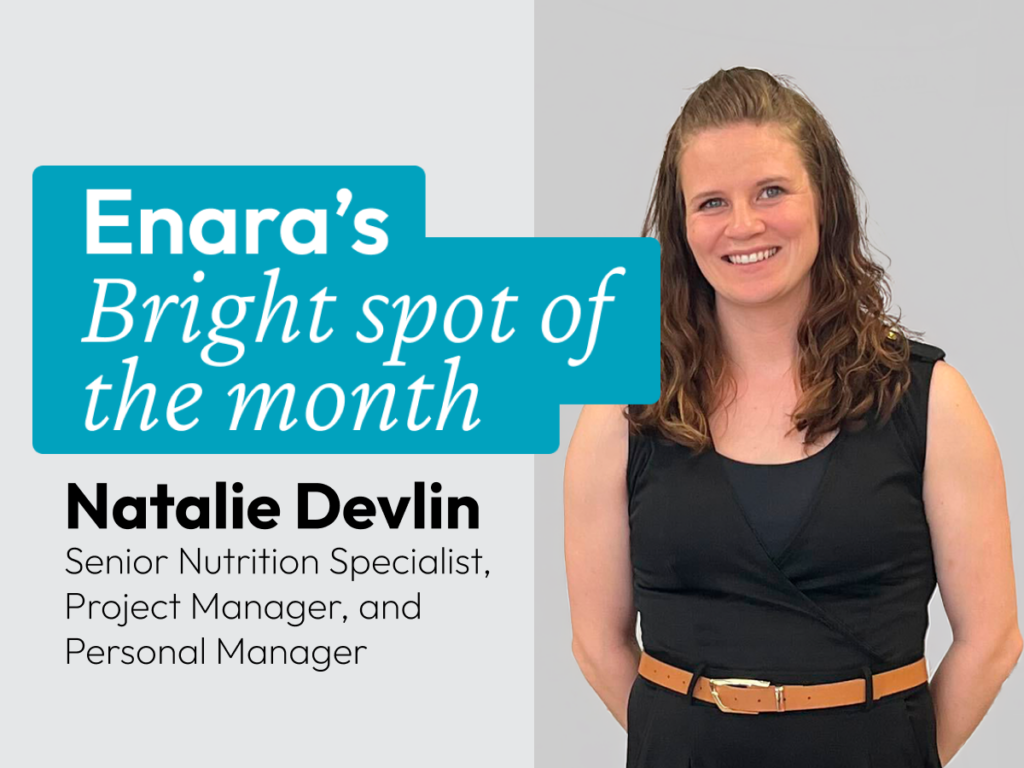
Statins are the most widely used drug to treat high cholesterol levels. They are actually one of the most effective medications in medicine today, preventing major cardiovascular events, such as heart attacks and stroke. However, recently some studies have shown that statins may increase your risk of developing type II diabetes. When do you definitely need to be on a statin and when should you say “No, thank you, I’ll try something else!”
What is a Statin?
Statins are a class of medications called 3-hydroxy-3-methylglutaryl coenzyme A reductase inhibitors. Statins block this coenzyme from producing LDL cholesterol in the liver (LDL is the bad cholesterol that can cause atherosclerosis leading to heart attacks and stroke). By reducing LDL in your blood they decrease your risk of having a major cardiovascular event. Statins work so well in reducing heart attacks and stroke that in 2010 some doctors were recommending statins be included with fast food meals at major chains. Doctors often joke that statins should be put into the water for everybody to consume.
Wait! Not So Fast
As much as we would love to have miracle pill for cholesterol, all medications have their side effects.
A study in 2010 looking at a composite of many statin trials found a 9% increased risk of developing type II diabetes but this was in contrast with a 54% lower risk of heart attack, 48% lower risk of stroke, and 20% lower risk of death from any cause. The general assumption made by the medical community was that while there might be small risk of diabetes, it was offset by the drastic reductions in major health events.There are two problems with this assumption:
- Most of the participants in the statin trials analyzed in the above composite study (meta-analysis) had higher cardiovascular risk to start with. This means that they had history of heart attack or stroke or a family history with risk factors. This does not tell us much about what happens when we put a moderate or low risk patient with high cholesterol on a stain.
- It also ignores the fact that there are other ways to treat high cholesterol. Yes, they might not be as good as statins, but they still work and may be more optimal for people at risk of developing type II diabetes.
In 2015, a 6 year study looking at 8,749 men with metabolic syndrome found that men placed on a statin had almost a 50% increased risk of developing diabetes. Metabolic syndrome means that these men had 3 of the following: increased waist circumference, high blood pressure, high cholesterol, high triglycerides, and/or borderline high blood sugars. While the study is limited because it was restricted to caucasian men, it tells us a lot because the risk factors are much closer to the profile of most people who are placed on a statin by their primary care doctors. This study also showed us that not all statins are created equally: atorvastatin and simvastatin were associated with the increased risk of diabetes while pravastatin was not
So What Does This Mean For You ?
You are a 30-70 year old, male or female, with increased weight and high blood pressure. Your recent blood tests show you have high cholesterol and your doctor wants to put you on a statin. You have no history of heart attacks, chest pain, or a family history of heart attacks or stroke.
- In this case a statin is not the ideal choice for you. Your first choice should be lifestyle change with a focus on nutrition. If you make a few lasting changes to your diet now, you can really turn yourself around for life. Many studies have shown that making nutritional changes can be just as effective as a statin. Your plan should be to try to make those changes and recheck your cholesterol in 6 months- if there is no improvement then consider talking to your doctor about fenofibrate or niacin instead of a statin.
You are a 30-70 year old male or female, with increased weight, high cholesterol, high blood pressure, and a history of a heart attack. You have been taking a statin. Recently your blood sugar tests have shown that you have prediabetes or diabetes. What do you do?
- You have history of a heart attack, so you should not stop taking your statin. Look at the type of statin you are on, if you are on simvastatin, atorvastatin, or rosuvastatin, you want to ask your doctor to replace it with pravastatin. Pravastatin has not been found to be associated with diabetes and the West of Scotland Coronary Prevention Study (WOSCOPS) found that it may actually decrease your risk of diabetes.
You are a 40-70 year old male or female, with diabetes and high blood pressure. Your cholesterol comes back high and your doctor wants to start you on statin. What do you say?
- For people who already have diabetes, studies have shown that adding a statin does increase your fasting blood sugar by 5-10% and HgA1c by 0.3mg/dl. This is small change that can be significant over the long term but the reduced risk of heart attack may be more important. I recommend seeing a dietitian or doctor specializing in nutrition or weight loss first but if that does not work, talk to your doctor about trying another class of cholesterol medications (fibrates or niacin) first. If you have a family history of stroke or heart attack at young age then talk your doctor about starting pravastatin.
I Am Already on a Statin, Can I Come Off?
This is the most common question I get from patients. In my own practice, people are often able to make dietary changes and come off of a statin. I do not recommend doing this on your own. You need to work with your primary doctor or a specialists to do so safely.
- Step 1: Meet your primary and ask him what your optimal cholesterol cut off should be (the cut off for bad cholesterol is anywhere between 70 and 130 depending on your risk factors).
- Step 2: If you have evidence of high blood sugars, try to switch to pravastatin if your insurance will cover it. If you have no evidence of high blood sugar there is no need to do this.
- Step 3: Meet with dietitian or physician and adopt the necessary dietary changes.
- Step 4: Check your cholesterol every 3 or 6 months. If you’re able to drop your LDL (i.e bad cholesterol) 10-20 points below your last level and under your ideal cut-off then talk with your doctor about stopping the statin.
- Step 5: After stopping the statin, check your cholesterol 3-6 months later to make sure you have not rebounded above that cut off. If you have you may need to consider adding an alternative cholesterol lowering medication or restarting pravastatin.
No Simple Cure-All

There is no black and white when it comes to medications and as clinical studies have demonstrated not all statins are created equally. Statins do carry an increased risk for diabetes but some individuals may have a larger risk for heart attack and stroke and this needs to be weighed in by your doctor on a one by one basis. What we do know however is that you can achieve similar control of your cholesterol with a healthier diet and lifestyle. Learning how the foods you eat, your activity level (including sleep), and your emotions impact your health and wellness gives you the power to become healthy, live longer, and feel well again. That is what we are all about at Enara Health.
Sources:
Cederberg, Henna, et al. “Increased risk of diabetes with statin treatment is associated with impaired insulin sensitivity and insulin secretion: a 6 year follow-up study of the METSIM cohort.” Diabetologia 58.5 (2015): 1109-1117.
Ferenczi, Emily A., et al. “Can a statin neutralize the cardiovascular risk of unhealthy dietary choices?.” The American journal of cardiology 106.4 (2010): 587-592.
Sattar, Naveed, et al. “Statins and risk of incident diabetes: a collaborative meta-analysis of randomised statin trials.” The Lancet 375.9716 (2010): 735-742.
Simsek, S., C. G. Schalkwijk, and B. H. R. Wolffenbuttel. “Effects of rosuvastatin and atorvastatin on glycaemic control in type 2 diabetes—the CORALL study.” Diabetic Medicine 29.5 (2012): 628-631.
Sukhija, Rishi, et al. “Effect of statins on fasting plasma glucose in diabetic and nondiabetic patients.” Journal of Investigative Medicine 57.3 (2009): 495-499.



